
The Village
Trégastel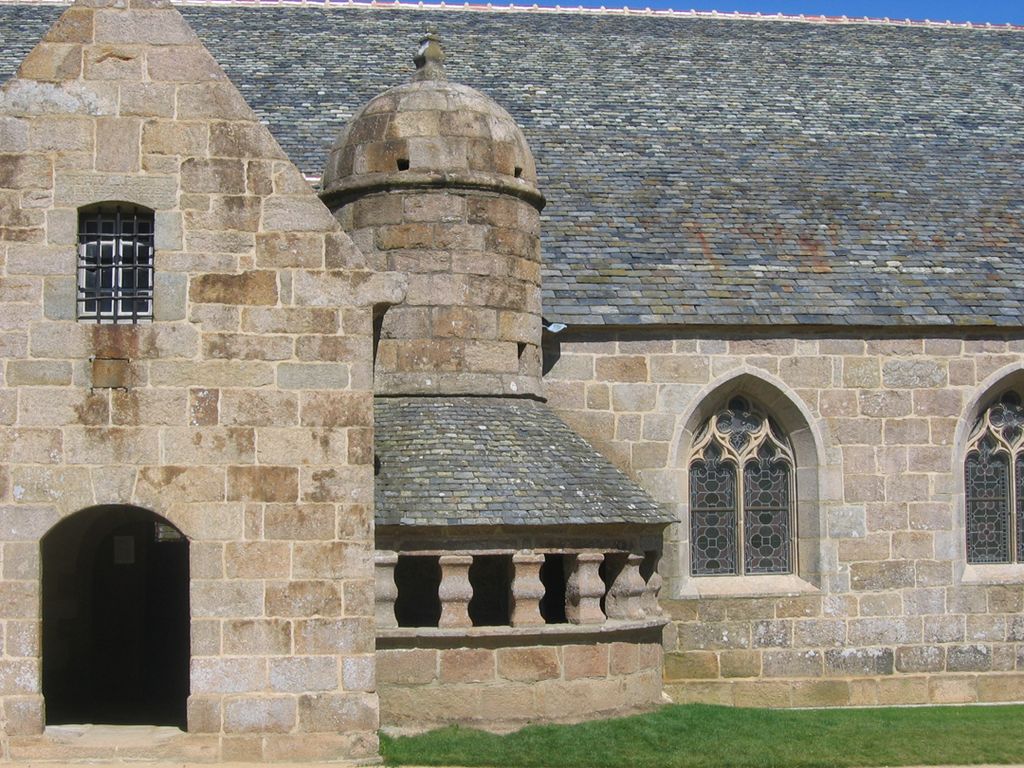
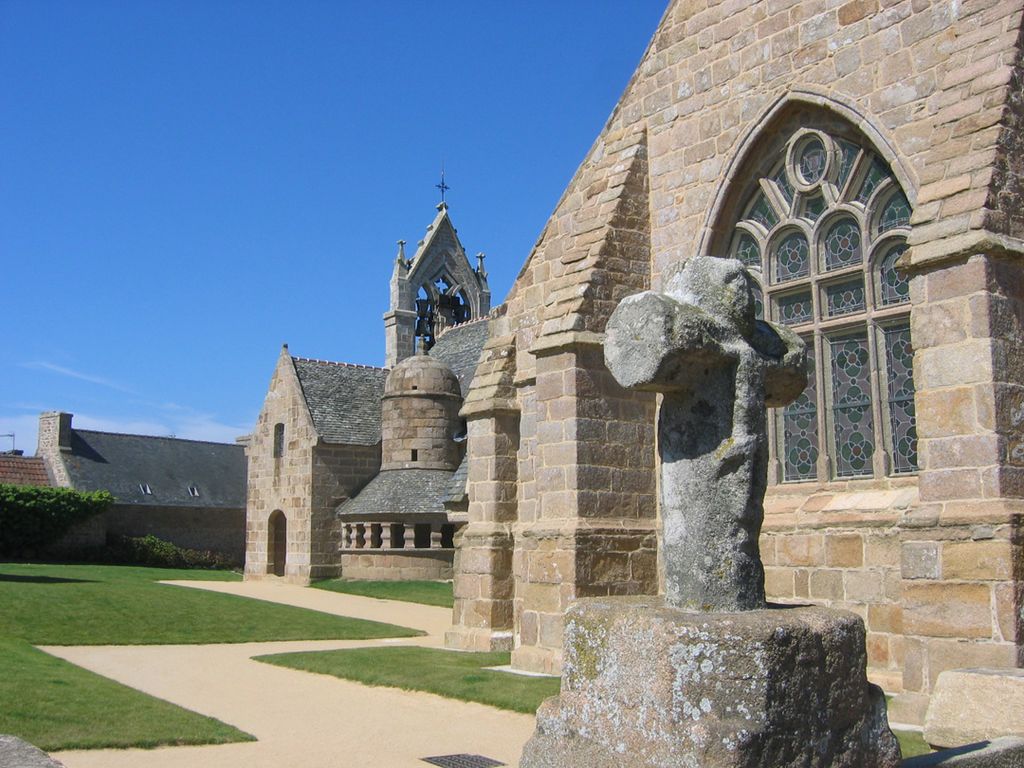
About
This church was built in several stages. The original building, dating back to between the twelfth and thirteenth centuries, was modified several times over the centuries. In the seventeenth century, an ossuary was added to house bones from the cemetery, an unusual feature of the church. During your visit, be sure to take a look at the balustered gallery and granite dome. In the nineteenth century, the campanile with three bells was replaced with the granite arcature which you can see today. In the close, you will find the tomb of the Breton writer Charles le Goffic. Passionate about the area, he celebrated its identity throughout his life (1863-1932) through numerous literary works.
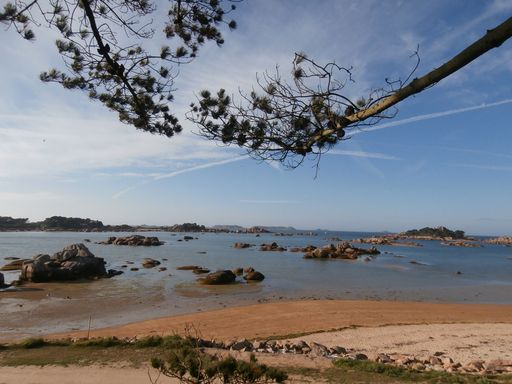

Sainte Anne Bay
Trégastel
Walking by Sainte Anne Bay, you will discover an area rich in history and spirituality. Well before the construction of Sainte-Anne des Rochers Chapel in 1636, the area was home to several religious...  See
See
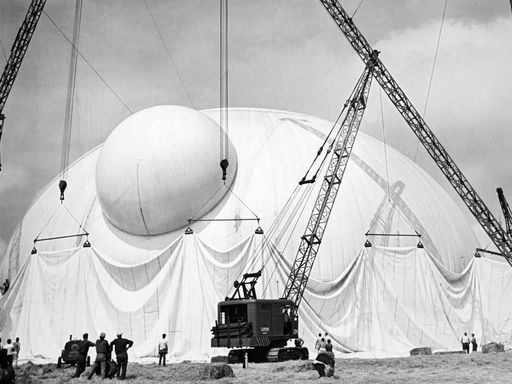

The Parc du Radôme
Pleumeur-Bodou
The Radôme, a technological jewel in the crown for France during the 1960s, a symbol of the modernism of Brittany and an iconic image of Pleumeur-Bodou, is composed of a dome 64 m in diameter and 50...  See
See
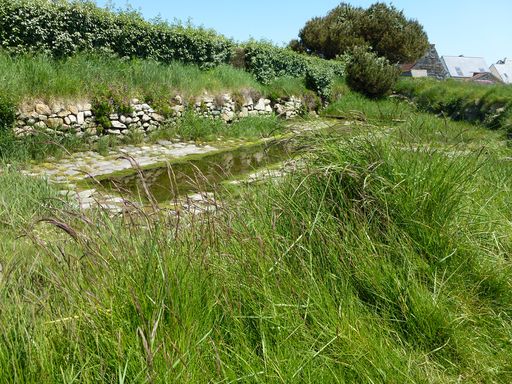

Lavoir at Run Losquet (Île Grande)
Pleumeur-Bodou
This large, traditional "lavoir" – an open-air pool or basin set aside for clothes to be washed – is located on Île Grande and dates from the nineteenth century. Two sources supply it and can be...  See
See
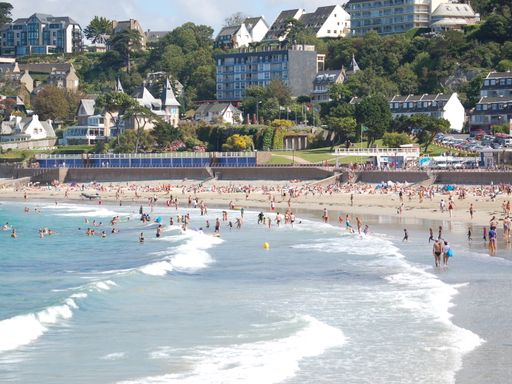

Trestraou beach
Perros-Guirec
The bay of Trestraou was at the root of the development of tourism in Perros-Guirec. In the nineteenth century, swimming in the sea was recognised for its curative qualities and became fashionable....  See
See




